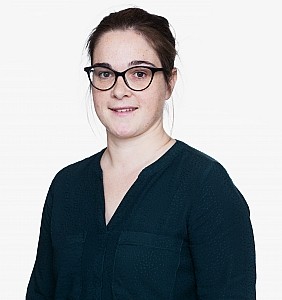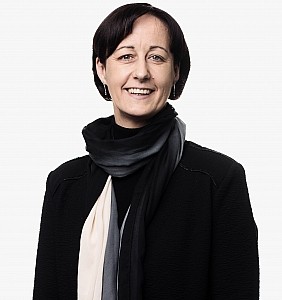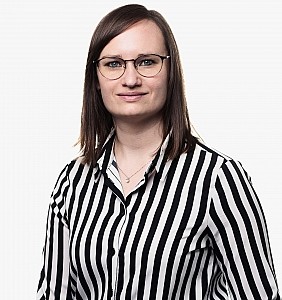SPC Blog - Part 1: Understanding Supplementary Protection Certificates (SPCs)

In the pharmaceutical and agrochemical sectors, developing a new product involves extensive research and lengthy regulatory approval processes. While these regulations are crucial for ensuring safety and efficacy, they significantly reduce the period during which a product can benefit from patent protection. To address this challenge and incentivize innovation, the European Union introduced the Supplementary Protection Certificate (SPC) system, governed by Regulation (EC) No. 469/2009 for pharmaceutical inventions and Regulation (EC) N° 1610/96 for plant protection compounds.
SPCs are unique intellectual property rights that extend the protection conferred by a basic patent for up to five additional years beyond the patent’s expiration date. They are available for both medicinal products (including human and veterinary medicines) and plant protection products (such as pesticides) that have undergone regulatory approval in the European Union. This additional period of exclusivity provides companies with a longer timeframe to recoup their investments in research and development.
However, obtaining an SPC is not a straightforward process. Several conditions must be met, and the timing for filing an application is strictly regulated. In this article, we’ll explore the basics of SPCs, including the requirements for eligibility, the application timeline, and the formula for calculating the term of an SPC.
SPC Application Timeline: When and How to Apply?
Timing is critical when applying for an SPC. The application must be filed within the following period:
- Within 6 months of the date of the first marketing authorization in the European Union, if the patent has already been granted; or
- Within 6 months of the date of the patent grant, if the marketing authorization was obtained before the patent was granted.
Failure to submit the application within this timeframe will result in the loss of the right to obtain an SPC. It is important to ensure that the application is made at the national level in each EU member state where SPC protection is sought, as there is no central filing system for SPCs across the EU.
To help visualize the application process, here’s a timeline:
SPC Application Timeline
- Date of First Marketing Authorization (MA) in the EU:
- Start date for calculating the 6-month window for SPC application.
- You have 6 months from the date of the first MA to file your SPC application.
- You have 6 months from the date of the patent grant to file your SPC application.
- Once the application is submitted, the competent national authorities will review it to ensure compliance with the criteria set out in the SPC Regulation.
- The SPC enters into force on the day following the expiry of the basic patent and extends protection for up to 5 years.
- An additional 6-month extension can be obtained for medicinal products that have undergone pediatric research in compliance with an agreed pediatric investigation plan.
Calculating the Term of an SPC
The term of an SPC is calculated based on the time elapsed between the filing date of the basic patent and the date of the first marketing authorization in the European Union. The formula is as follows:
SPC Term=Date of First MA in the EU−Date of Patent Filing−5 years
This formula means that the SPC term corresponds to the period between the patent filing and the first marketing authorization, minus five years. However, the total SPC term cannot exceed five years, with an additional six months allowed for pediatric extensions.
Example Calculation
- Patent Filing Date: January 1, 2000
- Date of First Marketing Authorization in the EU: January 1, 2010
- Elapsed Time: 10 years
Using the formula we come to the following extra time:
SPC Term = 10 years−5 years = 5 years
So, the SPC would provide an additional five years of protection, starting from the day after the patent expires.
Final Thoughts: Maximizing Market Exclusivity with SPCs
SPCs offer a valuable opportunity for companies to extend their market exclusivity and maximize returns on investments made in research and development. However, navigating the SPC application process requires careful planning, particularly with regard to timing and understanding the eligibility criteria under the SPC Regulation.
In our subsequent articles, we will delve deeper into the complexities of the SPC system, including key court rulings that have shaped its interpretation, practical tips for filing applications, and strategies for leveraging SPCs to enhance your IP portfolio. Stay tuned!
Avez-vous une question?
Nous serons heureux de vous aider.
Prenez librement un rendez-vous avec un de nos experts.
Rassurez-vous, vous n'êtes pas seul.
Naviguez dans la FAQ. Avez-vous encore des doutes,
n'hésitez pas à nous contacter.




